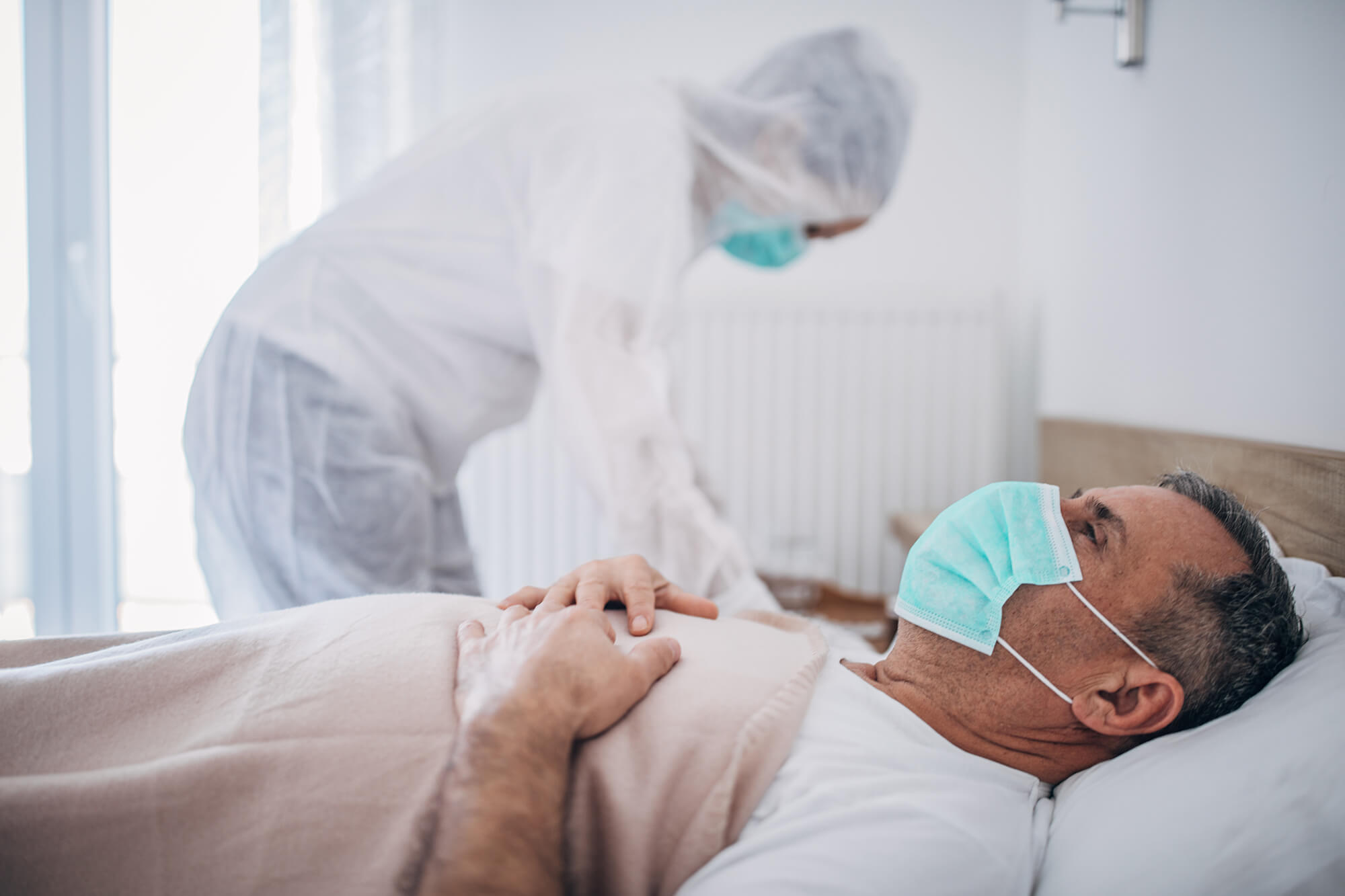The coronavirus disease 2019 (COVID-19) pandemic is taking a toll on medical resources in the United States. As of March 29, 2020, a total of 122,653 cases have been reported to the Centers for Disease Control and Prevention from the 50 states, the District of Columbia, Puerto Rico, Guam, Northern Marianas, and the US Virgin Islands.1 With a growing number of cases, fears of the US hospital system being overwhelmed by the number of infected persons are being realized in several major cities throughout the country.
What do we know about COVID-19? It is caused by severe acute respiratory syndrome coronavirus disease 2 (SARS-CoV-2), a novel coronavirus. Most patients present with fever, cough, and shortness of breath.2 Some anecdotal reports indicate that loss of smell and/or taste also may be early symptoms.3 The virus causes mild but prolonged disease; however, infected persons are contagious even when they have no signs or symptoms or don’t suspect they are infected. Factor in an incubation period that can extend beyond 14 days, and the conditions for widespread infection are optimal.2
What can oncology nurses expect to face as their facilities attempt to cope with the demands of caring for patients with COVID-19, and how will this affect how they care for patients with cancer? The challenge for US hospitals has become how to prepare for the surge in patients, use supplies efficiently, and protect the medical workforce from becoming infected patients themselves.
Many US hospitals are facing a serious shortage in personal protective equipment (PPE), which may expose clinicians throughout the hospital to a myriad of health threats as hospitals are forced to ration use of PPE across the facility. The Oncology Nursing Society (ONS) recognized that increased use and diminished manufacturing in other countries is straining the supply of PPE, forcing oncology nurses to make difficult choices.4
In response, ONS released interim guidelines for PPE use. The guidelines provide a tiered approach to options for use of gowns, gloves, and masks that is responsive to the severity of PPE shortage in different settings.4
“During a situation like the pandemic, the top priority shifts to protecting staff against the most immediate threat, COVID-19 infection,” ONS President Laura Fennimore, DNP, RN, NEA-BC, said in a statement. “These interim guidelines are temporary deviations from ONS’s typical PPE recommendations to make the most of the minimal resources available right now.”4
